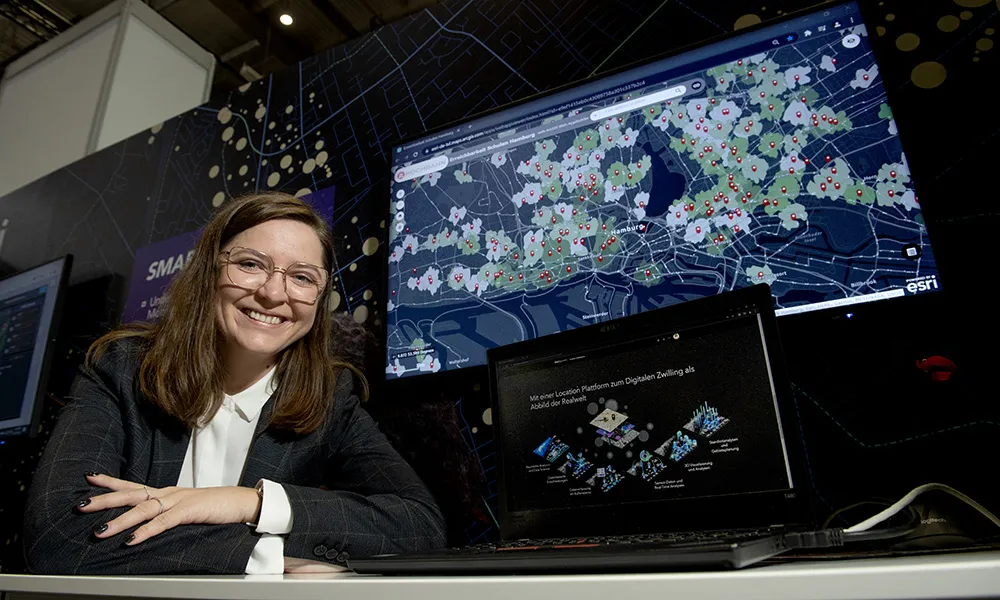The Regional Municipality of Waterloo, Ontario, has awarded
Web-based data access maximises the region’s budget by reducing time consuming and costly field visits and enabling the sharing of information with various groups within the municipality.
Fugro’s multi-functional asset data collection vehicle, the ARAN 9000, is equipped with cameras, profilers and lasers. It automatically collects specific asset and pavement data, including transverse profile and road roughness. Captured using forward and right facing high resolution cameras, ROW images have a wide field of view and are geo-referenced to allow the images to be used in GIS software such as
The company’s iVision web-based application software gives municipality staff a synchronised view of images and collected roadway data allowing for easy visual quality assessment of assets and pavement condition. Data can be summarised in a graph, dashboard or tabulated form to help staff analyse asset trends year-over-year.
Data collection vehicle optimises road maintenance for Canadian municipality
The Regional Municipality of Waterloo, Ontario, has awarded Fugro Roadware a contract to collect updated images for its road right-of-way (ROW) inventory. The contract covers 1,400 lane kilometres of regional roads and provides a web-based solution for digital image playback and data review.
February 12, 2016
Read time: 2 mins










